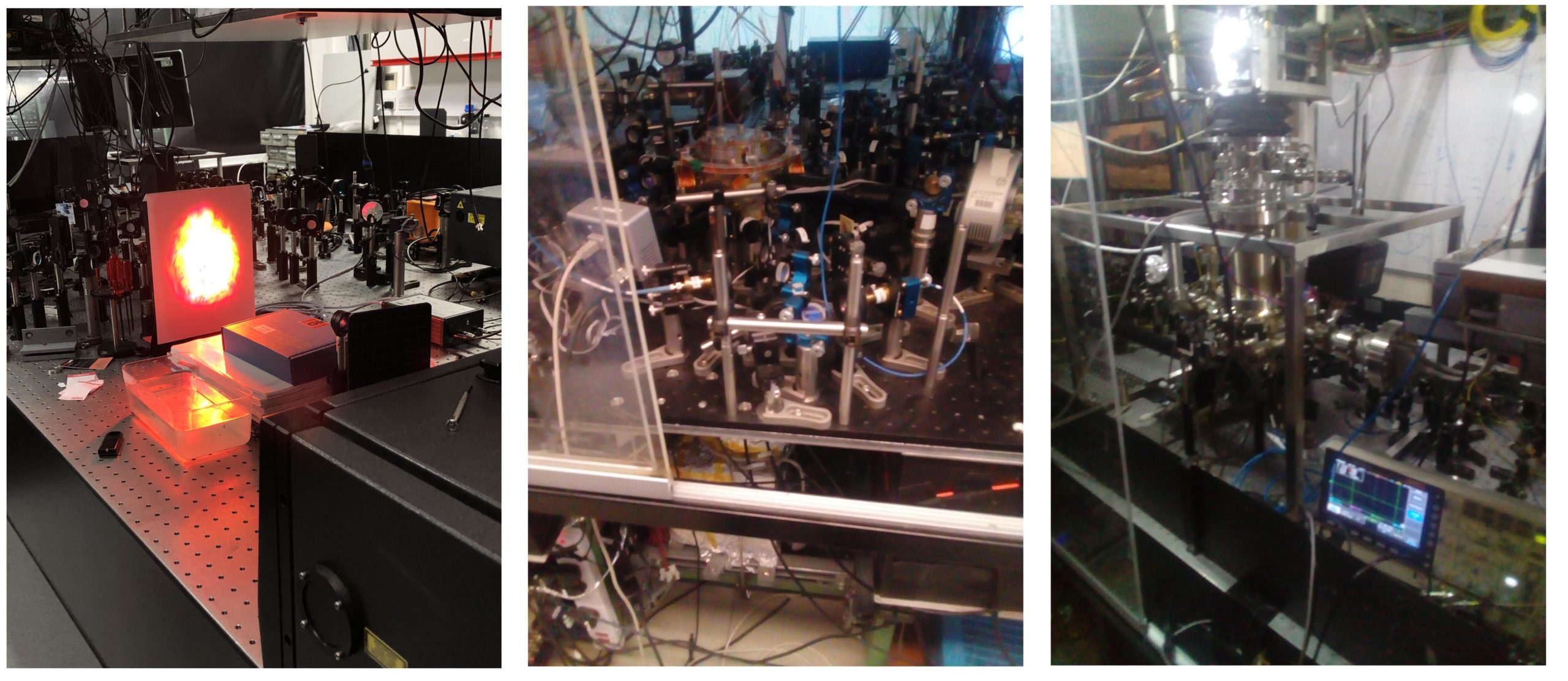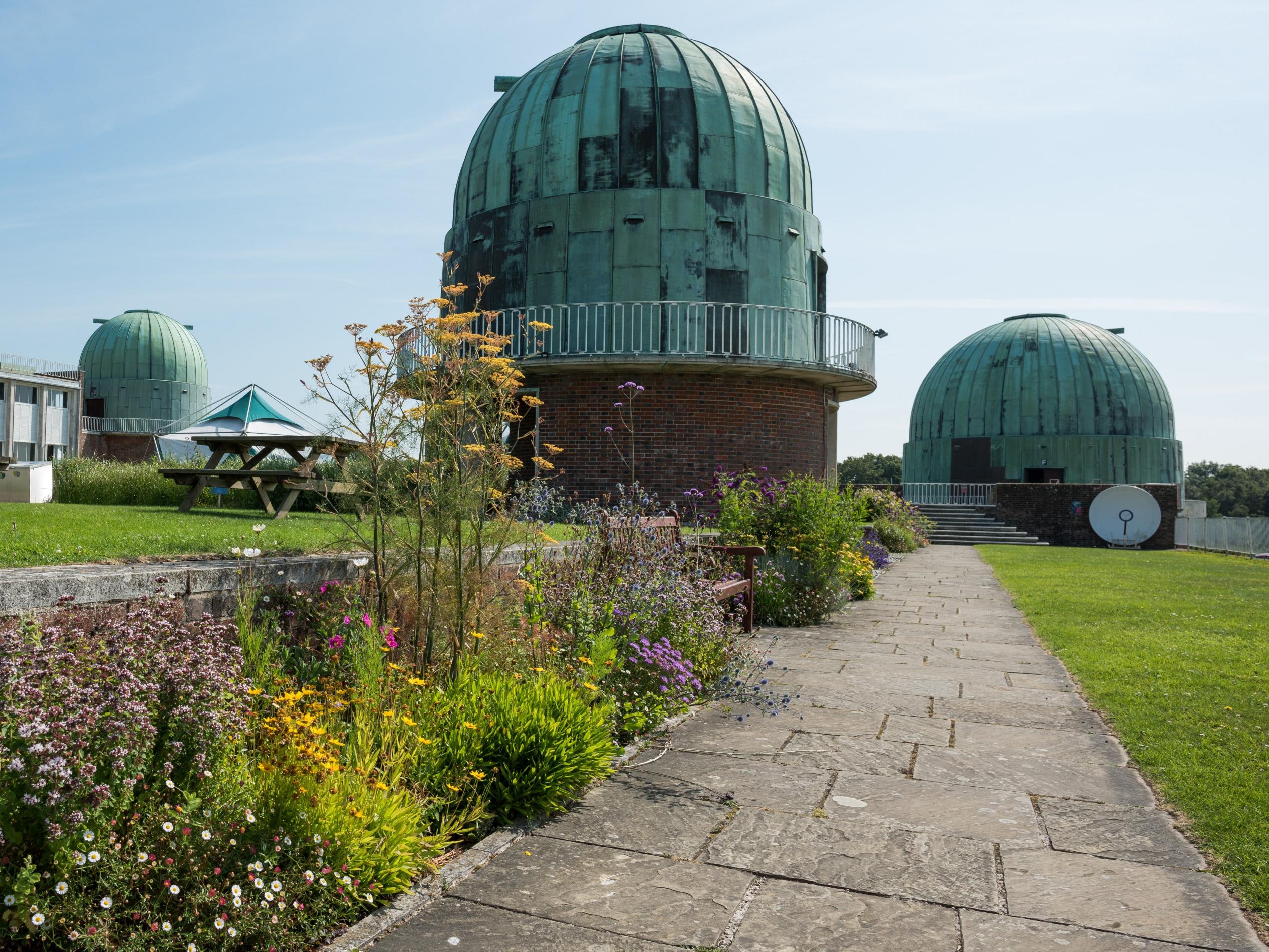The first annual school of the LIMQUET project was held at the Old Ship hotel in Brighton, UK from 25 February to 1 March 2019. It was organized by LIMQUET member Pr. Matthias Keller from the University of Sussex. The aim of this school was to present, through tutorial lectures the fundamental principles underlying the research tasks of the network, thereby providing common theoretical methods and advanced knowledge of atomic physics, quantum optics, nano-optics and photonics for the subsequent training of all ESRs.

The first day of the school was devoted to an internal meeting of the project, in presence of the Project Officer, M. Fabrizio Martone, during which LIMQUET ESRs and group leadears introduced their scientific projects. The subsequent days were devoted to lectures on basic science and soft-skills, mixed with social activities.

Basic Science Lectures
The LIMQUET ESRs and invited graduate students attended lectures on fundamental topics Quantum Mechanics given by an outstanding line-up of speakers including external speakers and LIMQUET group leaders.
Lectures given by invited external speakers
Almut Beige is Reader for Quantum Optics and Quantum Information and leads the Theoretical Physics group at the University of Leeds. Her research interests span topics such as Open Quantum Systems, Quantum Electrodynamics, Quantum Information Processing, Quantum Metrology and Quantum Sensing, Cavity-mediated laser cooling or Sonoluminescence. During her lecture, she talked about the emission of single photons in dissipative environments for quantum technologies.
Gerhard Rempe is a Professor of Physics and Director at the Max Planck Institute of Quantum Optics. He is a pioneer in the field of Cavity Quantum Electrodynamics and his group is among the world leaders in Quantum Communication. He presented the efforts undertaken in his group for the advancement of Quantum Communication and Quantum Network technologies.
Winfried Hensinger is a Professor of Physics at the University of Sussex, UK. He is the director of the Center for Quantum technologies and head of the Ion Quantum Technology group. The research efforts of his group are directed towards the development of a scalable architecture to build a quantum
computer based on trapped ions and microwave technologies. He gave an overview of this research in his lecture.
Hans-Rudolf Jauslin is a Professor of Theoretical Physics at the Université de Bourgogne working in the Laboratoire Interdisciplinaire Carnot de Bourgogne, co-director of the Quantum Interactions and Control department and head of the Quantum and non-linear dynamics team. He is also director of the Doctoral School Carnot Pasteur. His current research interests include classical and quantum Hamiltonian dynamics, the laser control of quantum systems, cavity quantum electrodynamics and quantum plasmonics. His lecture was devoted to the quantization of the electromagnetic field in nanostructured media with applications to quantum plasmonics.
Fedja Orucevic is Lecturer in Experimental Physics at the University of Sussex, UK. He is a member of the Quantum Systems & Devices team. His research expertise spans a number of topics including quantum optics and information, cavity quantum electrodynamics or cold atoms and their applications. His lecture was an introduction to the Bose-Einstein condensation, including a historical perspective on the subject, an exposition of the main theoretical aspects of this phenomenon, and a description of its experimental realisation.
Lectures given by LIMQUET group leaders
Nikolay Vitanov gave a lecture on the laser control of simple quantum systems, seen from a theoretical point of view. He provided an overview of various strategies to induce controlled population transfers in basic quantum system using tailored laser fields. He focused particularly on analytically solvable two-state models, adiabatic techniques and composite pulses techniques.
Thorsten Peters talked about experimental laser technique to cool down and trap atomic systems. After introducing the subject, the speaker covered various experimental methods including optical molasses, magneto-optical traps and dipole traps.
Axel Kuhn provided an overview of the field of Cavity Quantum Electrodynamics, which concerns the physics of single quanta in optical cavities. His lecture covered the basic theory of the interaction of an atom with the quantized electromagnetic field in a cavity. He then focused on the possibility of strong coupling between light and matter in the cavity and on the applications of these phenomena to the transfer of quantum information and to the design of quantum networks.
Christophe Couteau focused on quantum technologies such as quantum computing or quantum communication based on solid-state platforms. After a broad introduction to the field of quantum technologies, he exposed prospects to implement quantum technologies using colour centers in diamonds as basic physical system. He pursued his lecture with the presentation of a platform, developed in his team, used to do nanophotonics and integrated optics.
Matthias Keller presented an introduction to radiofrequency ion traps. He exposed the basic physics behind rf ion traps and provided an overview of the applications of the trapping of individual ions, ranging from high precision spectroscopy and atomic clocks to quantum information processing. His lecture then focused on the various experimental designs of rf traps and the methods to simulate the behavior of ions in the traps.
Soft-skills lectures
Daren Baskill studied physics and astronomy at the University of Leicester, UK, and obtained a PhD in X-ray astronomy was then the calibration scientist for the EPIC-MOS camera’s on board the XMM-Newton space telescope. He then moved to the Royal Observatory Greenwich to devote to public outreach activities. He acted as an astronomy educator, presenting and developing planetarium shows. Since 2009, he has been the SEPnet Physics outreach officer at the University of Sussex, where he manages the outreach programs of both the Physics & Astronomy, and Maths departments. He also teaches at the undergraduate level, both lecture courses and in the labs. In his lecture, he presented the numerous outreach initiatives undertaken at the University of Sussex and provided advices and
guidelines for the future Outreach activities of the ESRs.
Colin Hayhurst studied engineer science and management at the University of Durham, UK. He became a software entrepreneur with extensive experience in commercialsation of private sector and academic research across several industries. Besides his activities in the private sector, he has been Innovation Partnership Fellow in the Data Intensive Science Centre at the University of Sussex where he is responsible for enhancing the innovation, knowledge exchange, and commercial potential arising from activities in the School of Mathematical and Physical Sciences. His speech was devoted to the commercialisation of research output and was organized as an interactive role playing game.
Alice King is lecturer in Applied Materials and Interfaces at the University of Sussex. Her lecture, entitled “Scientific Writing and critical analysis”, was composed on advices and good practices related to Scientific Writing, and especially writing scientific articles. She also offered some reflexions on how to critically read research articles and provided examples of scientific frauds and misconducts.
Social activities
In addition to the lecture program exposed above, the wednesday and thursday afternoon were devoted to group visits. On wednesday afternoon, the students attended the Outreach lecture given by Daren Baskill on the campus of the University of Sussex. Then, a visit of the labs led by Pr. Marco Peccianti, Pr. Winfried Hensinger and LIMQUET member Pr. Matthias Keller at the Sussex Centre for Quantum Technologies was organized. The attendees could learn about the research performed in the different teams and had the chance to see some nice pieces of equipment used in the different labs.

On thursday afternoon, an excursion to the Observatory Science Center, located in the former home of The Royal Greenwich Observatory at Hermonceux, East Sussex, was organized. The Observatory Science Center is a charitable Organisation devoted to the promotion of Science for everyone.

Last but not least, thanks to a beautiful weather, we could visit the beautiful city of Brighton and enjoy evening walks on the seafront.

